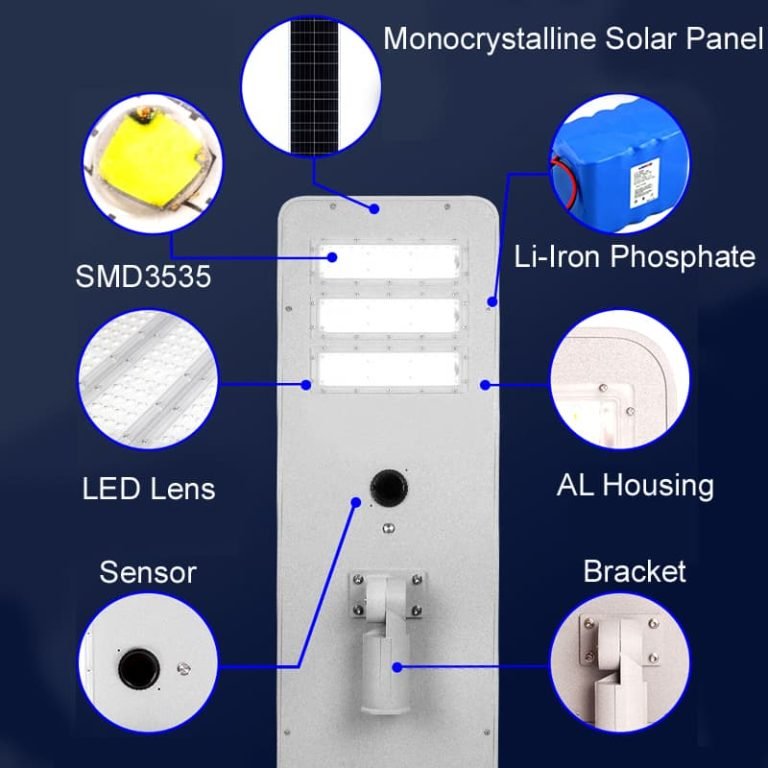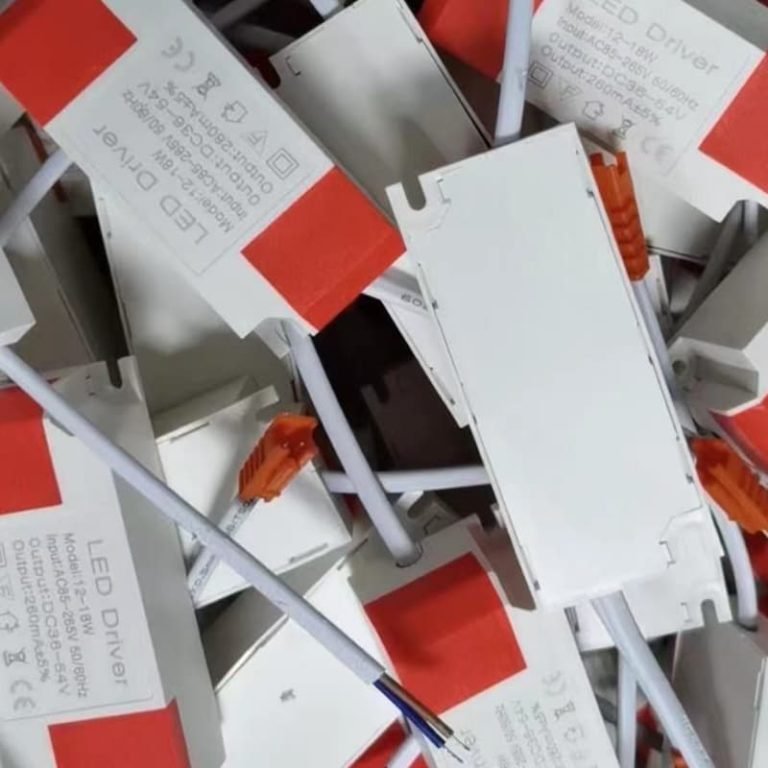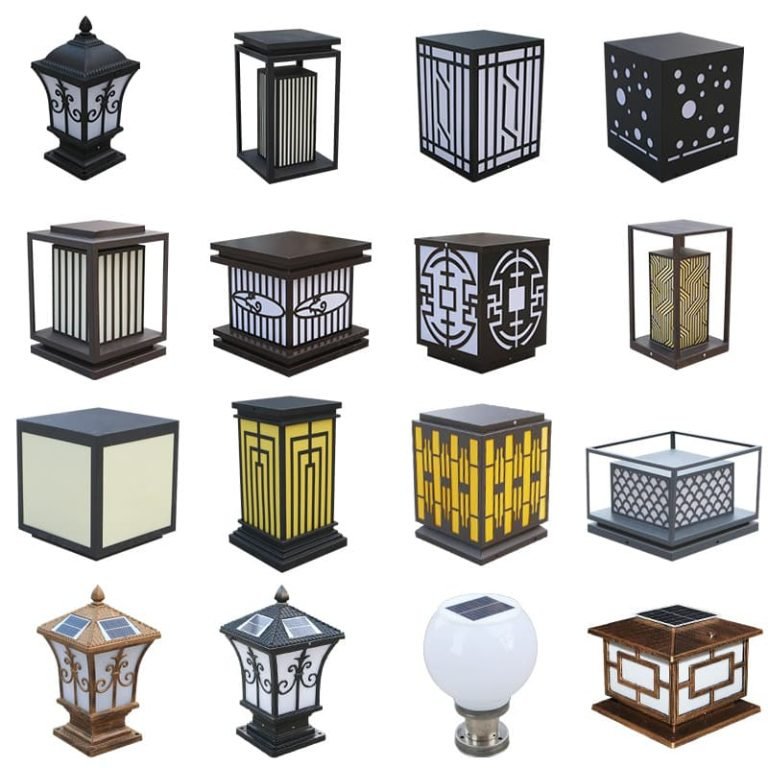How to make audio amplifier using transistor?
There are many ways to implement a power amplifier circuit, and the way using transistors to create the amplifier circuit is the most common practice. It needs high power transistors for circuit with higher output power,such as 2CS5200 and 2SA1943.And the heat sink is needed while installing them.
The heat dissipation design of the chip is very important, especially the junction temperature.
For example, some items of LayviKay audio amplifiers use TOSHIBA 2SC5200 transistors, the junction temperature and transient thermal resistance parameter tables as follows:
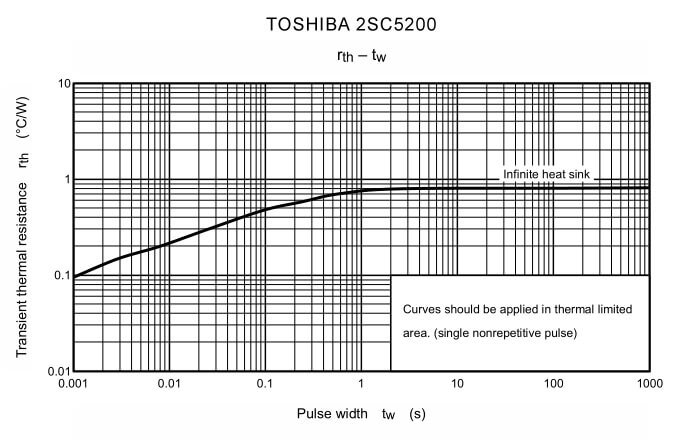
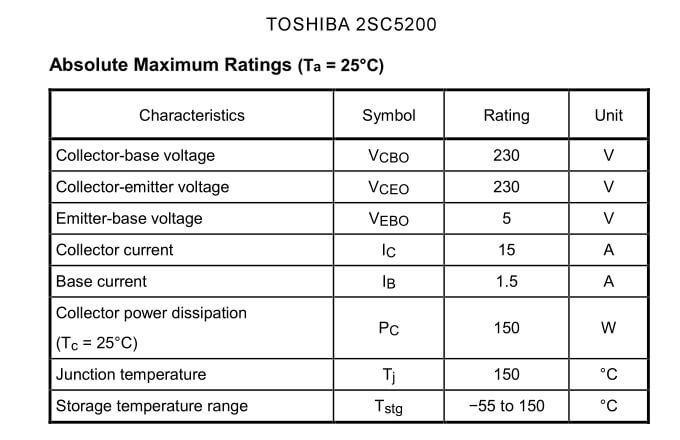
Based on this chip’s junction temperature, transient thermal resistance, total power, and alignment density, then design the heat dissipation requirements.
More about the heat sink design,please visit our another article:https://www.layvikay.com/some-essential-elements-of-cost-effective-heat-sink/
Use The MOSFETs
There are also some amplifier circuits use MOSFETs. A pair of MOSFEs is equivalent to the three pairs of ordinary transistors base on the same power(class B). MOSFET is voltage-controlled devices that can operate with as little as a small amount of Qg drive current.
1,What is The Qg
Qg means Gate Charge. MOSFET is a voltage-controlled component, and Gate adds voltage to control the turn-on of the device.In fact, the Gate will be a capacitive state between Source and Drain. Gate’s control voltage is not loaded up immediately, but like a capacitor is charged to a certain voltage and then the device is turned on. Qg value directly affects the speed of its opening and closing, Qg value is small, that means the speed will be very fast. But things are always not perfect. If there is a device with bad process, the Qg value is small but the Miller feedback frequency is high, and oscillation will occur easily.The following figure shows the Qg test.
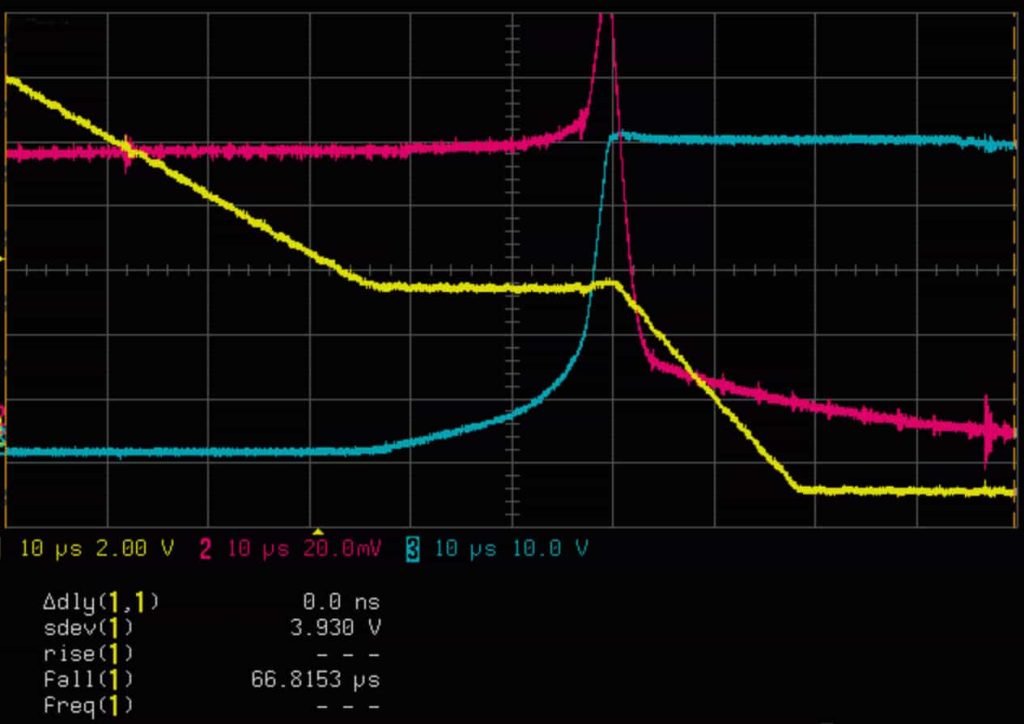
2,Avalanche Test
Another very important test is the avalanche test as shown below:
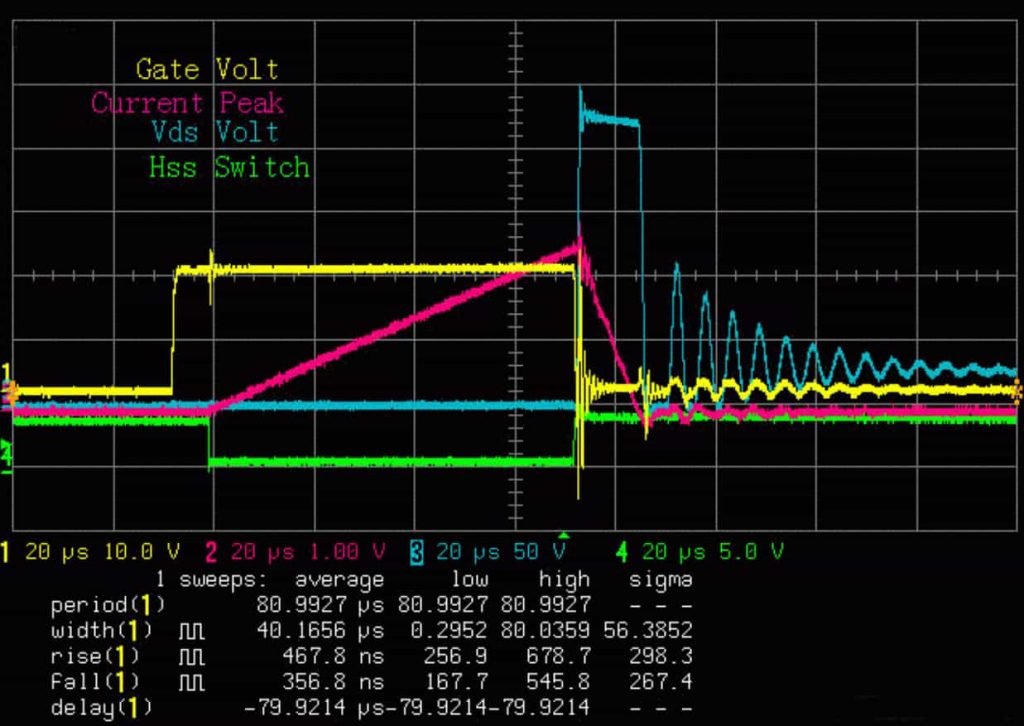
The principle of the avalanche test is to first charge the inductor with energy. Then, disconnect the power supply, using the energy inside the inductor to counter-impact on the components. If the component device cannot withstand this shock, then the component is bad.
In general, the production process is not qualified components will be easily scrapped by the counter-impact.For example, wire band is not connected properly,die is not glued properly, or wafer has a lot of impurities. Thermal accumulation will be formed on die after multiple tests, so that poor performing components can be screened out.
3,MOSFET VS TRANS NPN
The MOSFET has many advantages, but TRANS NPN are more commonly used in amplifier circuits. One is the MOSFET turn-on voltage is high and inconsistent, typically 1 to 12V. It is common to design circuits to increase the tube voltage drop, which can reduce power supply utilization. But the Ube of the TRANS NPN is basically a constant 0.6~0.7V, and the circuit design is convenient.Another is the bias circuit is complex and difficult to design to predict the quiescent current without debugging. But the triode can basically be conveniently preset roughly the quiescent current without debugging.
Design Points
On the other hand, using transistors to design professional power amplifiers requires attention to the following factors as well.
1,Power capacity
The power capacity of a transistor is one of the important parameters. The output power of pro power amplifier is usually large, so it is necessary to choose the sufficient capacity transistors to withstand the peak output power. Generally, the power capacity of a transistor should be 2-3 times the peak output power. For example, if the peak output power is 1500 W, the power capacity of the transistor should be at least 3000 W to withstand the voltage and current at peak output.
2,Voltage and current capacity
The voltage and current capacity of transistors are also factors that need to be considered when selecting suitable transistors. Voltage capacity refers to the maximum voltage that a transistor can withstand, usually expressed in volts. Current capacity refers to the maximum current that a transistor can withstand, usually expressed in amperes. When selecting transistors, it is necessary to ensure that their voltage and current capacity can meet the operational requirements of the power amplifier. Normally, the voltage capacity of a transistor should be 2-3 times the working voltage of the amplifier. Accordingly, the current capacity should be 2-3 times the rated output power of the amplifier as well.
3,Gain and Noise Figure
The gain and noise figure of a transistor also have an effect on the performance of a professional amplifier. Gain is the ability of a transistor to amplify a signal, usually expressed in decibels. Noise figure is the amount of noise introduced by the transistor when amplifying a signal, usually expressed in decibels. When selecting a transistor, you need to make sure that its gain and noise figure meet the design requirements of the amplifier. Typically, the gain of the transistor should be 2-3 time of the amplifier’s. Besides, the noise factor should be lower than the noise factor of the amplifier. These allow the amplifier to amplify the signal with higher gain and lower noise, improving the quality and reliability of the signal.
Overall Design Requirements
Selecting the right transistor requires consideration of a number of aspects. In addition to power capacity, voltage and current capacity, gain and noise factor, but also to consider the operating frequency, as well as the package form and heat dissipation capabilities. When designing the amplification line, it is necessary to select the appropriate transistor according to the specific needs and the working environment.All of them ensure the professional amplifier has the high performance and reliability.

